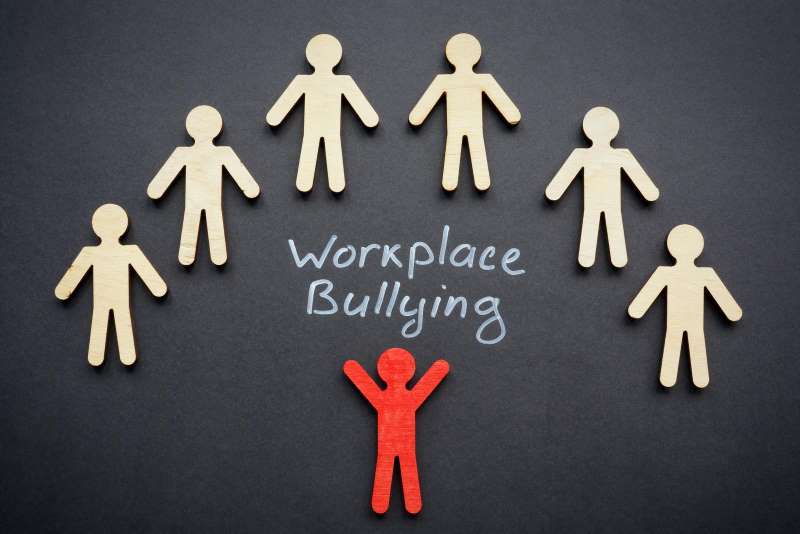Although employers have always had a duty to eliminate or mitigate health and safety risks in the workplace under work health and safety laws, there was a tendency to treat bullying and other psychological risks differently to physical risks.
To combat this tendency, in September 2022 the NSW Parliament passed the Work Health and Safety Amendment Regulation 2022 NSW (the Regulation). The Regulation amends and reforms the Work Health and Safety Act 2011 NSW and makes explicit that ‘persons conducting a business or undertaking’ (PCBUs) and employers have a duty to eliminate or minimise psychosocial risks and physical risks in the workplace in the same way.
These reforms introduced by the Regulation are consistent with the increasing recognition by governments of psychosocial risks in the workplace, including the risks arising from bullying and sexual harassment. The reforms follow the Boland review of the model Work Health and Safety laws in 2018, and complement the recent ‘Respect@Work’ reforms undertaken at the federal level.
The reforms came into force on 1 October 2022, and apply to all public and private PCBUs and employers in NSW, including local and other public authorities.
Overview of the Reforms
A psychosocial risk is defined as a risk to the health and safety of a worker (or other person) arising from a psychosocial hazard, including from the work environment or workplace interactions/behaviours that may cause psychological harm. Safe Work Australia has identified the following non-exhaustive examples of psychosocial hazards: bullying and harassment (including sexual harassment), exposure to traumatic events or material, micromanagement and unreasonable job demands, inadequate reward and recognition, and lack of role clarity.
This means employers MUST:
- identify reasonably foreseeable psychosocial hazards that may give rise to health and safety risks (as well as risks of a physical nature); and
- introduce, enforce and continuously review control measures to eliminate or minimise the identified psychosocial risks to health and safety, so far as is reasonably practicable.
When developing control measures, employers are required to have regard to the following relevant matters and factors:
- the inherent nature of the work and workplace;
- the extent to which workers and others may be exposed to psychosocial hazards;
- the systems of work, including job demands and management of work;
- workplace interactions or behaviours;
- the nature and extent of training and supervision provided to workers; and
- how the psychosocial hazards identified may interact or combine.
The unique nature of each workplace means employers cannot adopt a uniform approach to comply with the requirements of the Regulation. For example, a workplace in which employees are exposed to traumatic material (such as in a hospital) may require more stringent risk controls that a workplace which does not involve the same.
Risks for Employers
Employers must carefully assess the workplace to identify relevant psychosocial risks and then identify appropriate control measures for the workplace. This is an ongoing duty which must evolve in line with changes within the workplace, other areas of law, and community expectations. If an employer fails to properly manage psychosocial risks in the workplace, this may give rise to various forms of legal risks. For example, sexual harassment and bullying may result in a Safe Work investigation as well as claims by affected workers under workplace and anti-discrimination legislation.
Apart from these legal risks, a failure to properly manage psychosocial hazards may also result in reputational damage, reductions in morale and increased staff turnover – all of which would increase the direct financial impacts arising from worker claims.
Action Items
To minimise the risk of psychosocial hazards and to ensure compliance with these reforms, employers MUST:
- identify any reasonable psychosocial risks that may arise in the workplace;
- assess the impact of all identified risks;
- control risks by eliminating and minimising them as much as possible; and
- review any control measures implemented (including on an ongoing basis), to ensure they are effective.
Employers should also ensure the new obligations arising from the reforms are appropriately incorporated into its policies and procedures.
Finally, officers and managers should have particular regard to how the reforms impact upon their due diligence obligations under the WHS Act. In particular, officers should ensure that they have taken all reasonably practicable steps to gain an understanding of the psychosocial risks faced by workers (including by undertaking further training if required), and ensure that the employer remains compliant with all corresponding obligations incorporated into the employer’s policies and procedures.
Matthews Folbigg’s Workplace Solutions employment law team can provide specialist advice in relation to these reforms and assist with the management of risks of contraventions – including by reviewing or drafting workplace policies and/or providing presentations to boards and managers. If you have any questions in respect of the above or would like any other employment-related assistance, please contact our Matthews Folbigg Workplace Solutions employment law team.
DISCLAIMER: This article is provided to readers for their general information and on a complimentary basis. It contains a brief summary only and should not be relied upon or used as definitive or complete statement of the relevant law.
Liability limited by a scheme approved under Professional Standards Legislation



